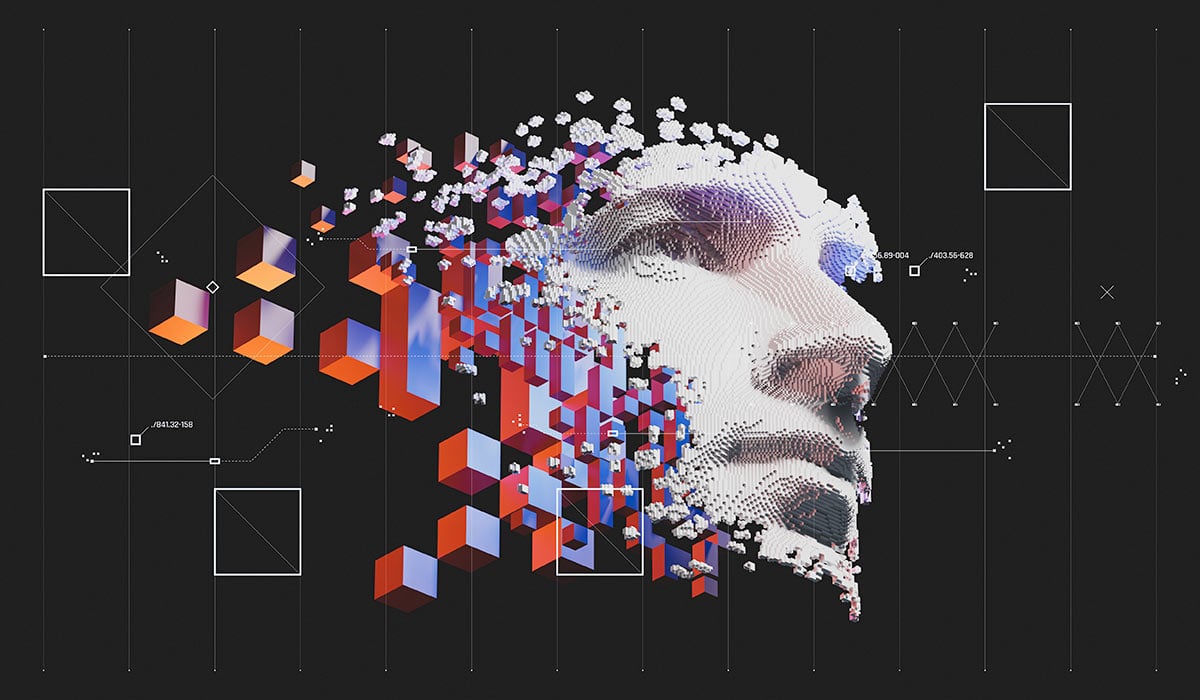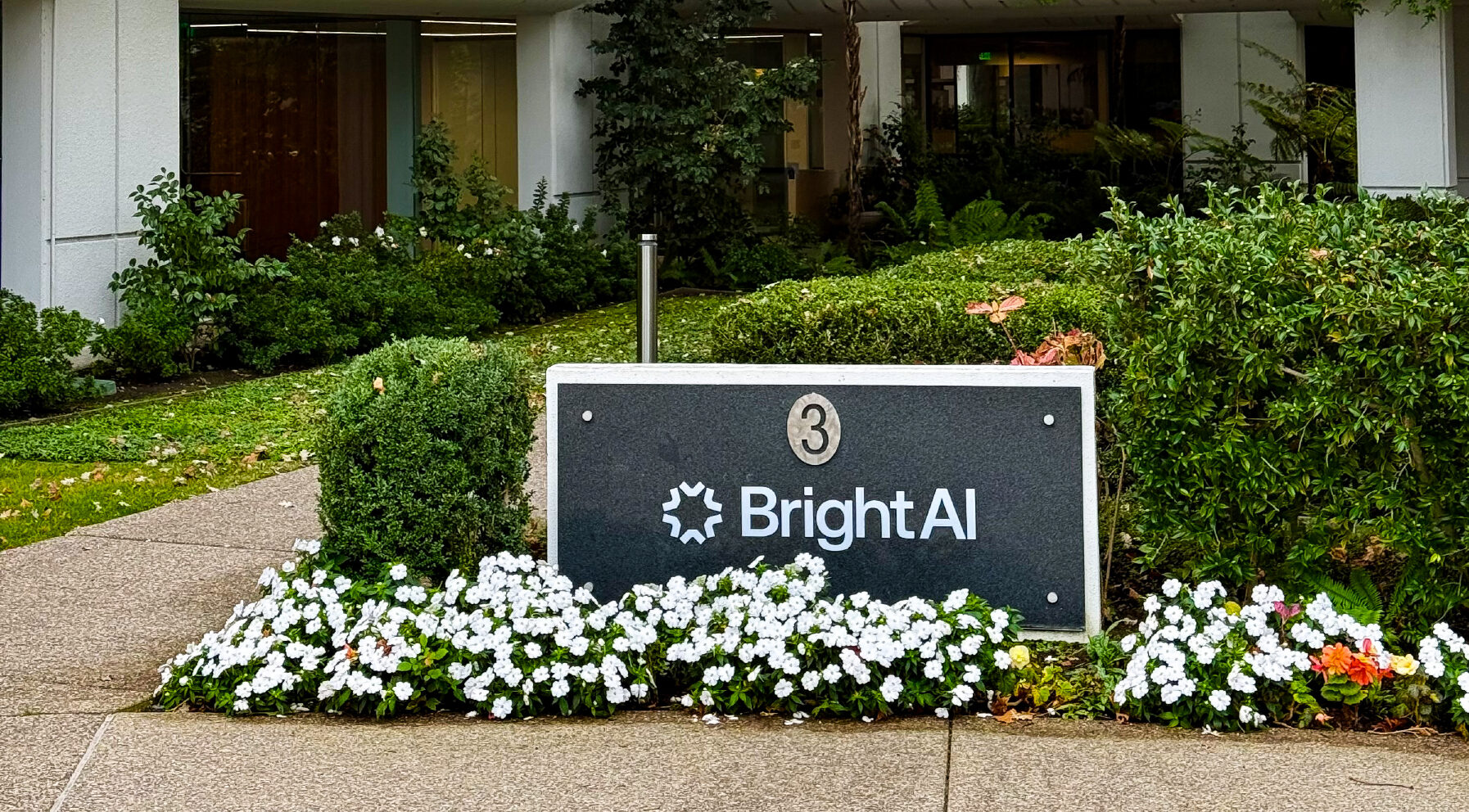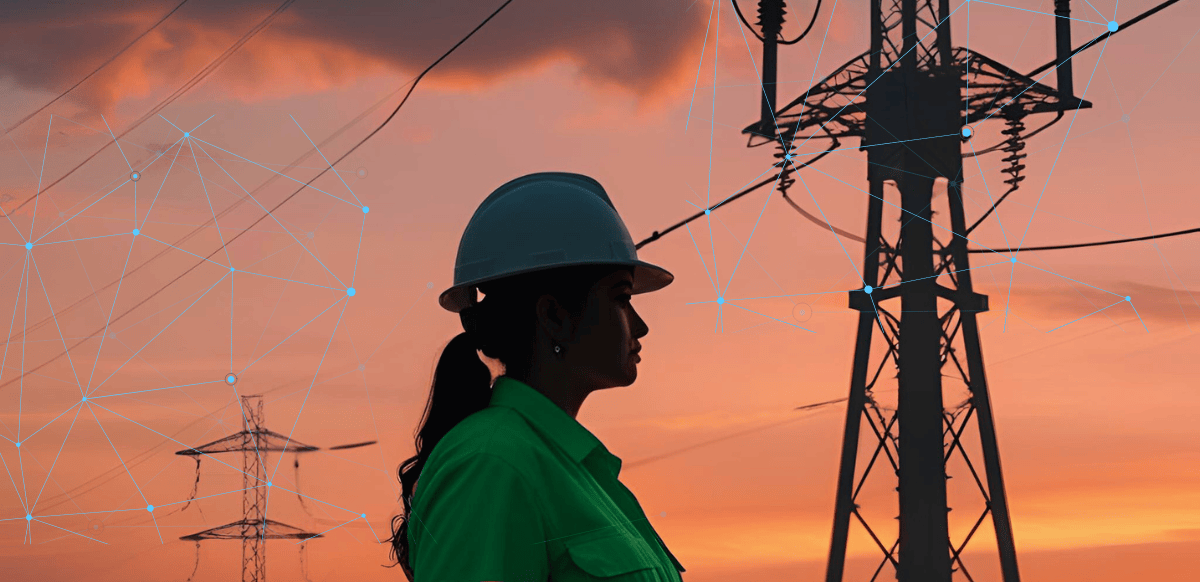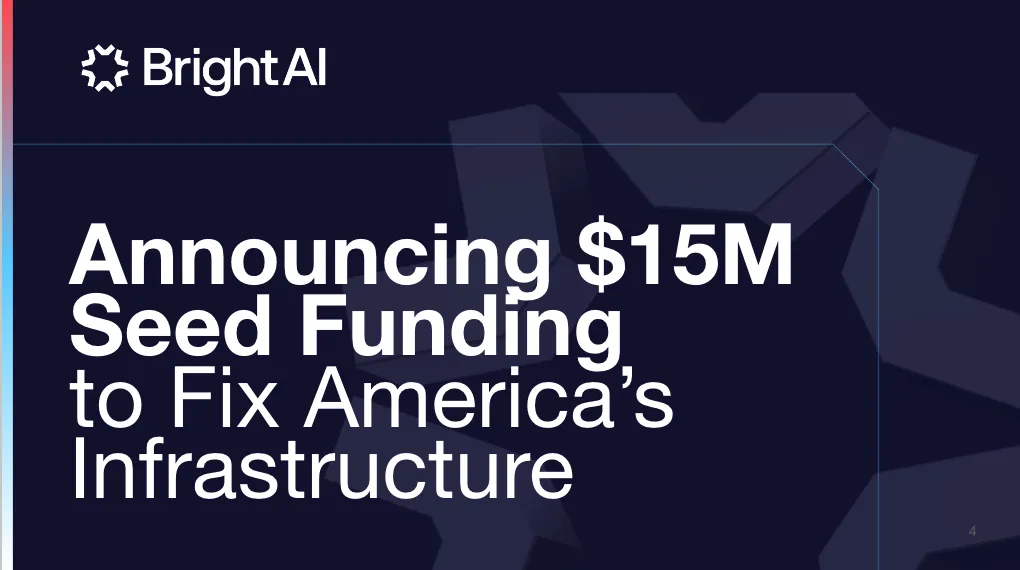While still in its nascent stages, the myriad uses of Artificial Intelligence of Things (AIoT) technology are vast and constantly evolving—even across industries that have traditionally relied upon manual processes with seemingly few data points to leverage.
With a few simple tweaks, for example, existing coin-operated laundry facilities can be monitored by AI to improve efficiency, and downtime at manufacturing plants can be reimagined with just a few well-placed cameras and sensors.
The possibilities are truly endless.
As ever more data becomes available for industries to interpret and identify improvements, the potential increases for this technology to likewise optimize business processes.
Despite these tremendous opportunities and proven impacts of AIoT technology, however, the term and concept is still somewhat of a buzzword.
To shed more light on its fundamentals, here’s a brief explainer regarding its uses, benefits, and transformative capabilities.
What Is AIoT?
To understand AIoT, let’s first explain IoT—and the connection between the two.
The Internet of Things (IoT) encompasses every device, everywhere connected to the internet and transmitting data to a network. Commercial laundry machines, exercise equipment, HVAC systems, refrigerators, and lights are all encompassed within this—constantly sending signals about their operations via sensors, take-over boards, or laser measuring systems.
However collected, such information isn’t useful to businesses until interpreted.
This is where yet another key concept comes in.
Artificial Intelligence of Things (AIoT) pertains to the application and utilization of AI technology to attain these critical insights from voluminous, often labor-driven data sets.
If they sound like broad definitions, that’s because they are.
AIoT’s uses are incredibly all-encompassing and transformative when properly leveraged across a wide variety of industries.
The Transformative Potential of AIoT Across Industries
AIoT helps industries streamline efficiencies, optimize processes, and harness unprecedented potential for growth and social good.
For one, AI pipeline monitoring helps technicians maintain and plan infrastructure more accurately based on 3D pipe data. Close loop curing and augmented cutting capabilities are also welcome alternatives to relying on hard-to-hire, highly skilled CCTV cutting operators and manual analog curing processes, respectively. All of these help technicians mitigate poor-quality and high-failure costs for damaging laterals during cutting.
This is just one possible solution of the transformative impact AIoT can have in maximizing efficiencies and profitability across industries.
In fact, global market intelligence provider the International Data Corporation (IDC) forecasts the worldwide AI software market will reach $596 billion in revenue by 2025, and anticipates $437 billion from the IoT market. Of the two billion frontline workers around the globe, 63% are excited about the new jobs technology creates, finds a 2022 Work Trend Index Special Report from Microsoft.
With 30.9 billion IoT-connected devices projected globally by 2025—nearly double the 16.4 billion in 2022—organizations that capitalize on such underutilized data hold the keys to myriad advantages, helping them stand out and become leaders within their industries.
AIoT: Industry-Specific Use Cases
The number of industries that can leverage AIoT technology verges on limitless.
Here are some contextual examples of how AIoT might be effectively applied:
Commercial Laundry
While coin payments and analog machines are standard in laundromats, AIoT technology enables property managers to oversee machines remotely, and even accept digital payments.
Connected machines and vision AI monitoring technology can send notifications to customers’ smartphones when loads are completed, or opt to add more with just a few clicks.
These real-time visibility, diagnostic, and predictive services yield greater efficiencies and revenues in a sector that previously had very little data to leverage.
Pool Manufacturing
Pool measurement, quoting, ordering, and manufacturing are somewhat arduous processes—typically requiring two professionals up to five hours to manually measure pools, and months to receive the manufactured product. With minimal direct consumer relationships and the need to rely on dealers in many cases, they are also extremely error-prone.
Such a need for accuracy and efficiency is the perfect use case for AIoT.
Using a LiDAR-based scanning device with on-demand AI point cloud, it only takes about 10 minutes to generate digital measurements, create a quote, and place an order to manufacturing—with 99% accuracy.
Businesses leveraging this can bypass competitors by additionally creating direct relationships with consumers for renewal, up-sale, and cross-sale.
HVAC Services
In commercial and residential contexts, the HVAC industry offers minimal visibility into machine issues before technicians arrive on site. A largely reactive service, repairs are further constrained during peak season—worsened by the market’s lack of remote recovery options.
With full-spectrum sensor data, HVAC AIoT monitoring devices provide predictive maintenance and high-priority service alerts—facilitating more proactive service planning and work, for two to three times as many customers.
By predicting new unit sales and leads, commercial businesses can stay ahead of trends, and make informed decisions.
Pest Control
The pest control industry is currently highly reliant on operator labor, which requires technicians to manually count the bugs on hundreds of thousands of fly lights for hours every few weeks. The industry is also facing regulation pressure to ban rodenticide, which has been shown to notably disrupt the food chain.
With multimodal pest monitoring utilizing infrared, visual, motion, olfactory, and connected traps, AIoT technology provides early detection alerts, continuous monitoring, reliable connectivity, low false positives, and long battery life.
This full visibility helps enterprise customers predict intrusions and points for prevention, and assists the evolution of the pest control industry to 100% prevention and zero toxins.
Benefits of AIoT
By mapping relationships based on collected data, AIoT enables organizations to automate, optimize, and refine processes to completely transform operations—shining a light on efficiencies too often overlooked by manual processes.
These capabilities empower businesses to optimize operational efficiencies, improve service, drive revenue growth, fuel new product experiences, reduce capital expenditures, and create greater free cash flow.
Let’s revisit some of these advantages within industry-specific use cases:
Mitigates Frontline Workforce Shortage
Advancements in AIoT help fill blue-collar staff deficits and augment the frontline workforce.
Example: For every 1.8 frontline job opening in the United States, there is one frontline worker willing to work. Further, Generation Z employees quit jobs every six months on average. These trends, among others, have yielded a deficit in the frontline workforce across industries—pressuring CEOs to maintain current topline revenue with half the staff. AIoT supplements these blue-collar deficits and augments the frontline workforce of two billion.
Productivity
Automation empowers organizations to reach desired outputs faster, and without the hurdles and errors associated with manual operations.
Example: Autonomous HVAC anomaly detection, lifespan prediction, and new-install identifications enable service professionals to detect issues with heating, ventilation, and air conditioning proactively, rather than calling after it’s already broken. These capabilities help companies to work with two to three times as many customers and stay ahead of industry trends by predicting new unit sales and leads.
Efficiency
Leveraging data patterns to shine a light on where business operations could be improved revolutionizes efficiencies—empowering industries to function in the most optimized way.
Example: While previously requiring two people to manually measure a pool, it takes one person only 10 minutes when utilizing a LiDAR-based autonomous scanner. Staff can also maintain direct digital relationships with end customers, rather than experience the former slow processing and delays.
Sustainability
Automated functioning streamlines once manual processes—only utilizing the energy needed while minimizing chemical and toxin output.
Example: Multimodal pest monitoring and early detection alerts predict pest intrusion and points of prevention, while helping enterprise customers migrate to a 100% preventative, zero-toxin pest control industry.
Profitability
By saving time, energy, and resources, industries can ultimately save in their bottom lines.
For Example: Real-time visibility, diagnostic, and predictive services of AIoT in commercial laundromats enable property managers to oversee machines remotely and accept digital payments to maximize efficiencies and revenues.
Challenges Facing AIoT
Knowing what data to measure can be a challenge for many companies, even if they have the technology and devices in place to do so—which, oftentimes, many do not.
Even when companies have measured data, there still comes the challenge of leveraging this into actionable insights.
In other words, a key challenge is knowing how this well of untapped data can reimagine processes and unlock value.
The solution: Leading platforms such as BrightAI disrupt sectors with transformational insights that help them optimize essential business processes and become leaders within their industries.
BrightAI’s AIoT platform creates transformational value for traditional companies.
By enabling industries to transform their relationship with people and machines, enterprise customers create better products and customer experiences, and sustainably accelerate growth, profit, and value.
Our unique partnering model makes it possible for any company to adopt and fully leverage AIoT, overcoming the challenges of expertise, cost, and complexity.
BrightAI: Disrupting Industries by Unlocking Unimagined Potential
With so much collected data unutilized, there exists an unprecedented opportunity for businesses and industries to leverage AIoT to unlock unimagined potential and disrupt their industries.
Our BrightAI team has created billions of dollars in enterprise value for our customers by illuminating transformative insights that optimize business operations. We are the minds behind Amazon Alexa, Amazon Web Services (AWS), and Samsung SmartThings platforms, among many other revolutionary concepts and technologies.
Leveraging AIoT, our end-to-end turnkey customer solutions generate real-time insights that automate and improve business outcomes, differentiate products and services, optimize operations, and pioneer more sustainable alternatives.
With proven results in months, not years, capitalizing on these transformative insights empowers your organization to optimize processes in unimagined ways, maximize efficiencies, and establish yourself as a forerunner of innovation within your industry.
To disrupt your industry and illuminate unimagined potential with AIoT, contact us today.




